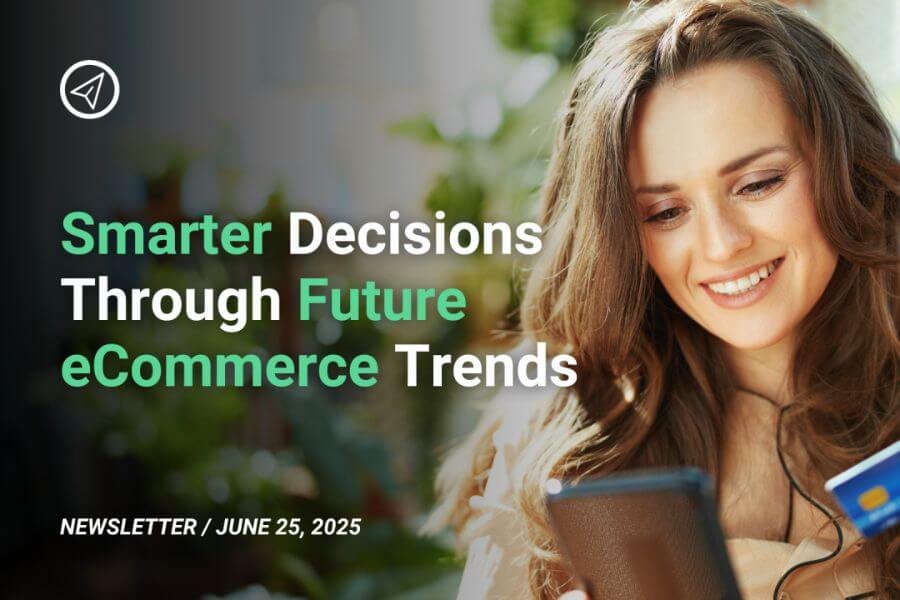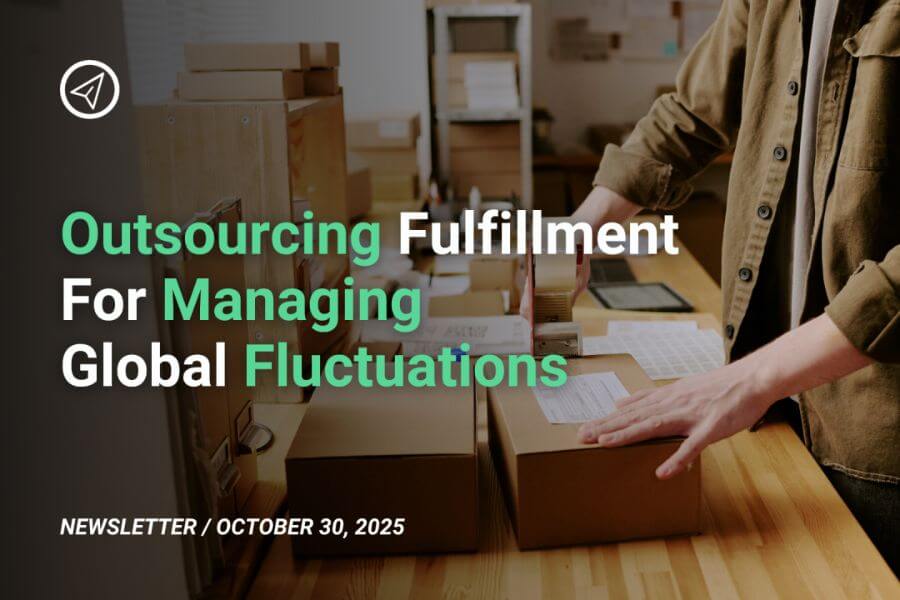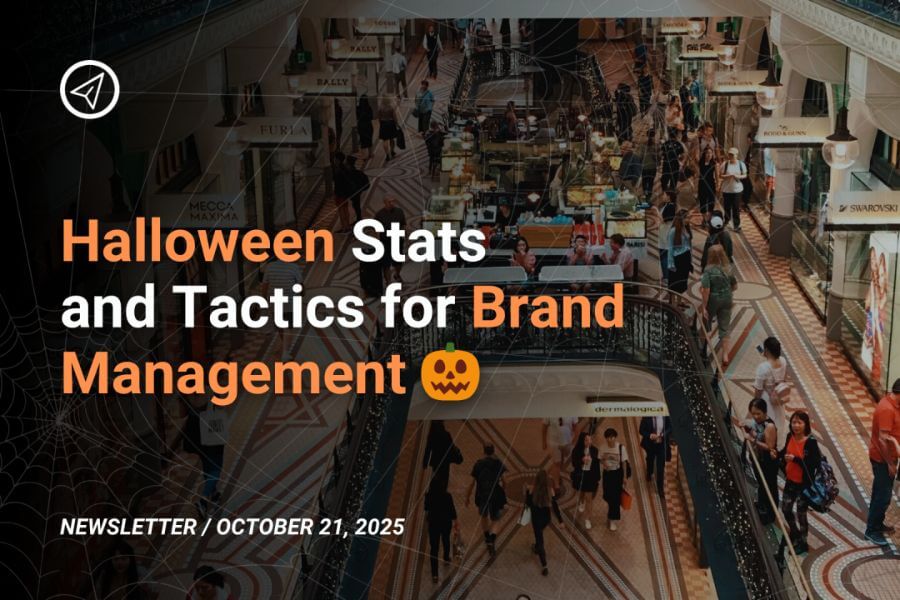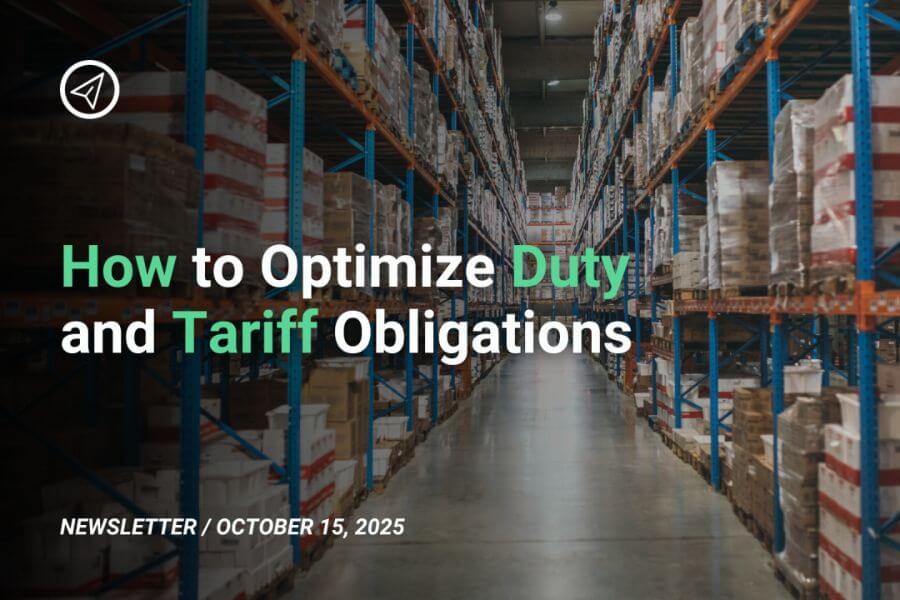The 2025 ecommerce landscape is defined by cutting-edge technologies, changing consumer expectations, and increasing globalization. Whether you’re an entrepreneur, marketer, or just a curious consumer, staying updated is essential. Here are 50 must-know facts that shape the present and future of ecommerce.
Consumer behavior and shopping trends
- Mobile commerce (m-commerce) accounts for over 65% of all online purchases in 2025.
- Social commerce (shopping via social media platforms) is expected to grow to $2 trillion globally by 2027.
- The average online shopper makes a purchase once every 10 days in 2025.
- Video-based product demonstrations increase conversions by up to 80%.
- Voice-assisted shopping (via Alexa, Google Assistant) now accounts for over 10% of retail ecommerce in the U.S.
- Live shopping events on platforms like TikTok and Instagram are replacing traditional infomercials.
- Gen Z prefers shopping through short-form content and interactive features like polls or AR try-ons.
- Buy Now, Pay Later (BNPL) usage has surged, now making up 20% of online checkouts.
- Subscription-based ecommerce is expected to hit $500 billion globally by 2028.
- 88% of shoppers will abandon their cart if checkout takes longer than 2 minutes.
Technology and innovation
- AI-powered recommendation engines are responsible for up to 35% of Amazon’s sales.
- Augmented Reality (AR) is used by over 40% of top fashion and home decor brands to allow virtual try-ons.
- Chatbots handle 90% of customer service inquiries on ecommerce sites.
- Blockchain technology is being used to ensure product authenticity and transparent supply chains.
- Drone deliveries are being piloted in over 25 countries as of 2025.
- Virtual reality (VR) shopping malls are emerging in the metaverse, with Walmart and Alibaba leading the charge.
- 5G adoption has significantly improved mobile shopping experiences with faster speeds and real-time product previews.
- Over 70% of ecommerce platforms use AI for inventory management and demand forecasting.
- AI copywriting tools are helping generate product descriptions, ads, and emails instantly.
- Zero-click shopping (where orders are auto-placed based on habits) is on the rise, especially for household items.
Global market insights
- Asia-Pacific is the largest ecommerce region, driven by giants like Alibaba, Shopee, and Meituan.
- Cross-border ecommerce will make up 25% of global online sales by 2026.
- India’s ecommerce market is projected to surpass $200 billion by 2027.
- Latin America is one of the fastest-growing markets, with a CAGR of over 20%.
- African ecommerce platforms like Jumia are expanding rapidly thanks to increasing smartphone penetration.
Marketing and personalization
- Personalized product recommendations can boost conversion rates by up to 300%.
- Email remains the highest ROI channel for ecommerce marketing.
- 94% of consumers say personalization increases their likelihood of making a purchase.
- Retargeting ads are responsible for 26% of online conversions.
- Influencer marketing is a $25 billion industry and is heavily tied to ecommerce growth.
- Micro-influencers (under 100K followers) are driving higher engagement and conversions.
- User-generated content (UGC) increases trust and purchase intent by 40%.
- AI-driven segmentation enables hyper-targeted campaigns with higher ROI.
- Real-time customer feedback loops are reshaping product development and advertising.
Sustainability and ethics
- 73% of consumers are more likely to buy from brands that are sustainable and transparent.
- Eco-friendly packaging and carbon-neutral shipping are becoming standard expectations.
- Brands that use supply chain transparency tools (like QR codes for origin tracking) see higher loyalty.
- Digital receipts and paperless shipping labels are becoming default.
- Ecommerce platforms are partnering with carbon offset initiatives to neutralize delivery emissions.
Security and regulation
- Cybersecurity threats remain a top concern; biometric authentication is becoming more common.
- GDPR-style privacy laws are spreading worldwide, requiring more data transparency.
- AI-driven fraud detection systems are helping reduce payment fraud.
- Cookie-less tracking is forcing ecommerce marketers to rely on first-party data.
- Compliance with accessibility standards (like WCAG) is now legally required in many jurisdictions.
Logistics and fulfillment
- Same-day delivery is expected by 56% of urban online shoppers.
- Autonomous delivery robots are now operating in major cities in the U.S. and Europe.
- Smart warehouses with robotic picking systems reduce order processing time by 40%.
- Returns optimization and virtual try-ons are helping reduce return rates, which can reach up to 30% in fashion.
- Direct-to-consumer (DTC) brands are increasingly using micro-fulfillment centers for speed.
- Real-time package tracking and eco-routing are now standard across most major platforms.
Ecommerce in 2025 is more than just online shopping — it’s a fully immersive, intelligent, and hyper-personalized experience. As technology evolves and consumer expectations rise, businesses must adapt or risk falling behind. From AI to sustainability, the future of ecommerce is being shaped by innovation and human-centric design.
Whether you’re building a brand or browsing as a consumer, understanding these trends and facts can help you make smarter decisions in this ever-expanding digital marketplace.





